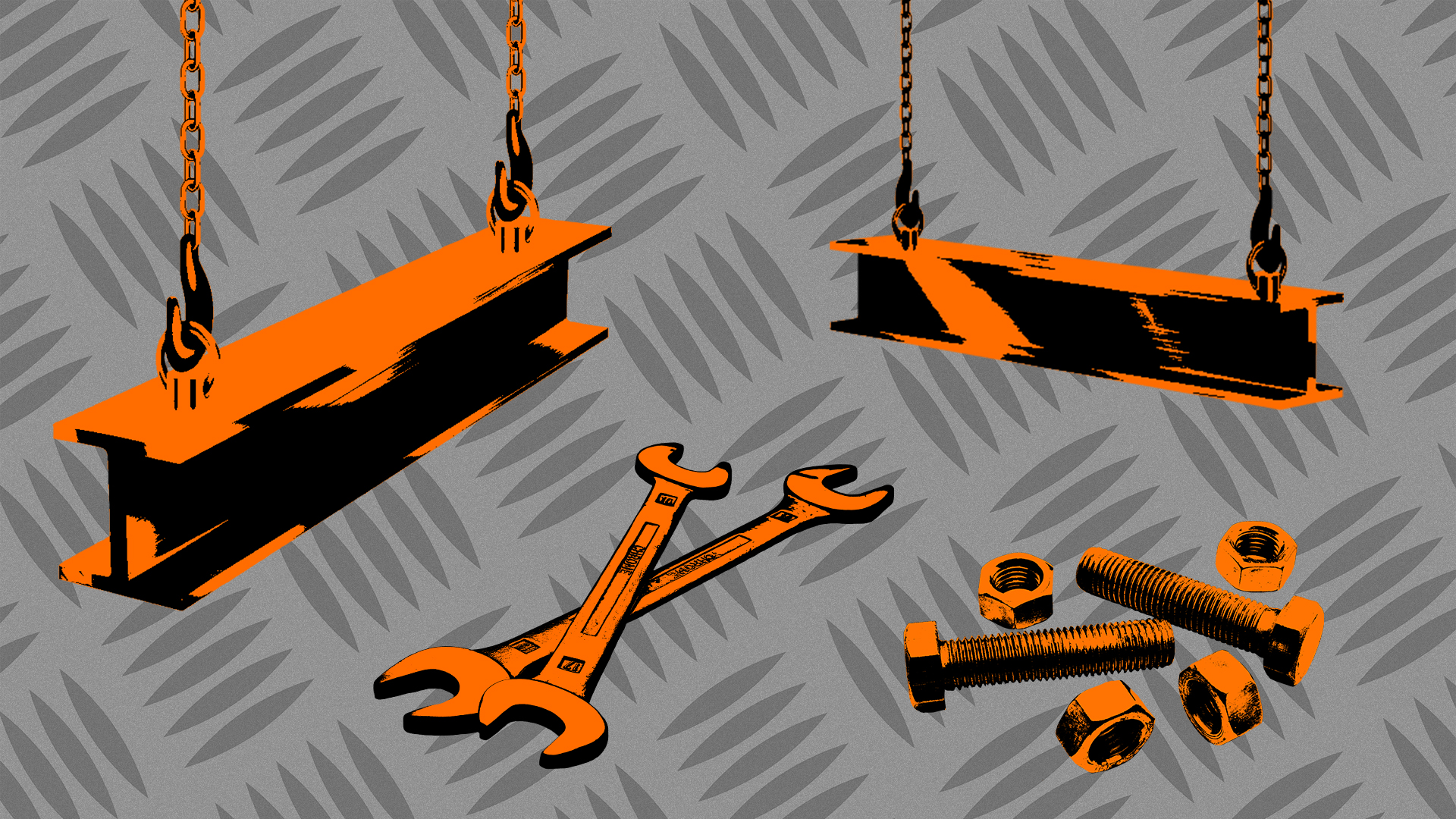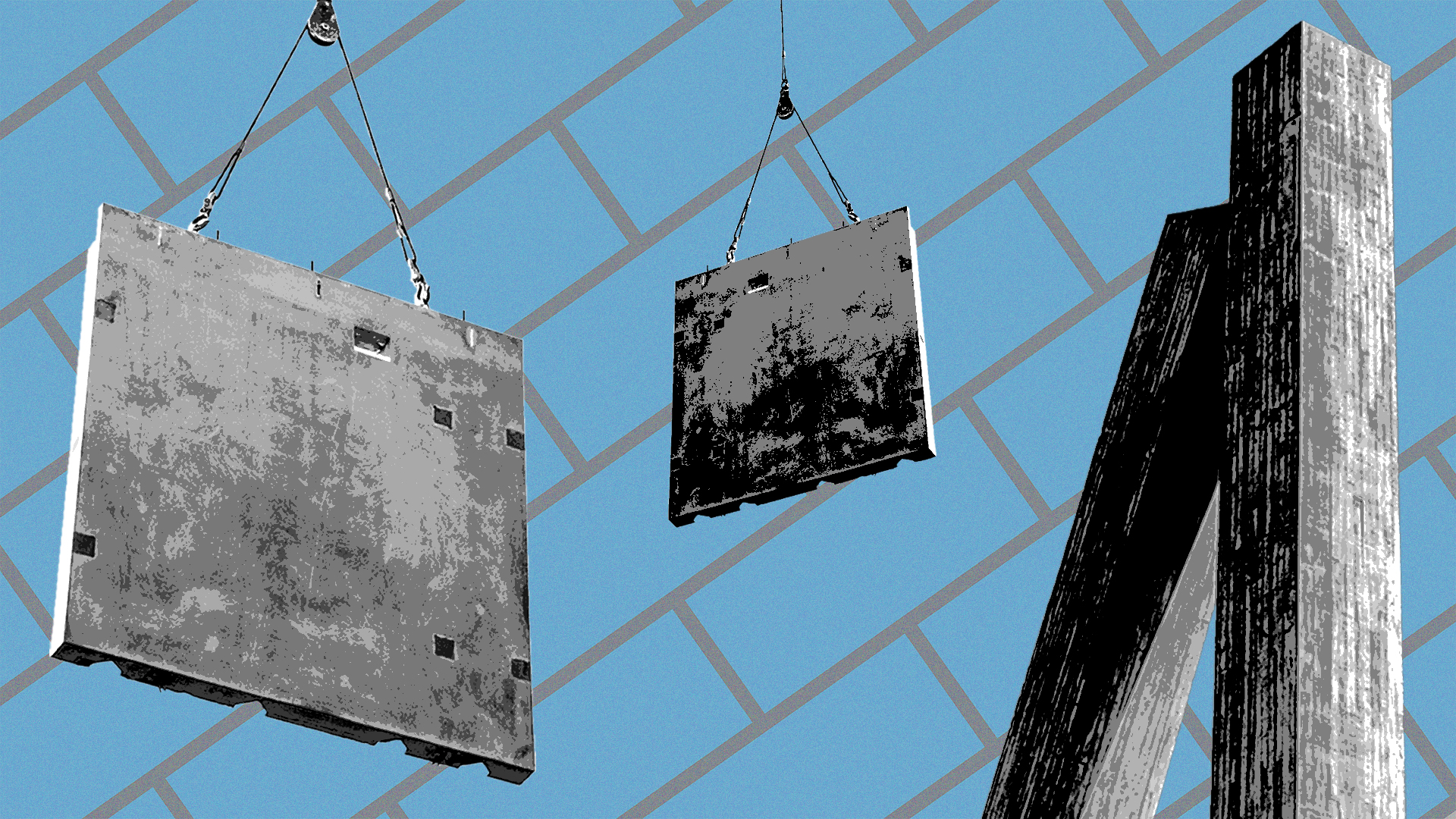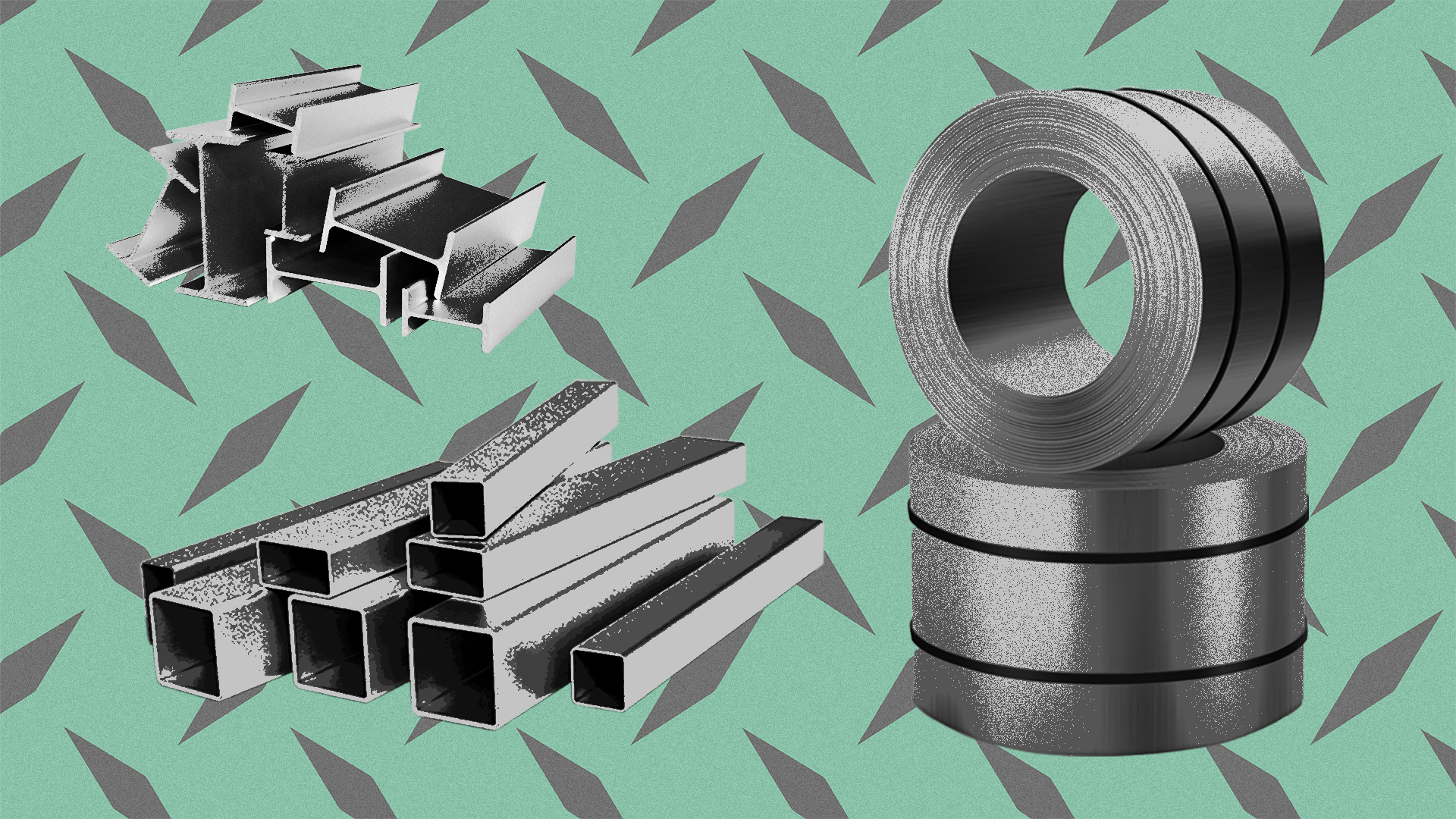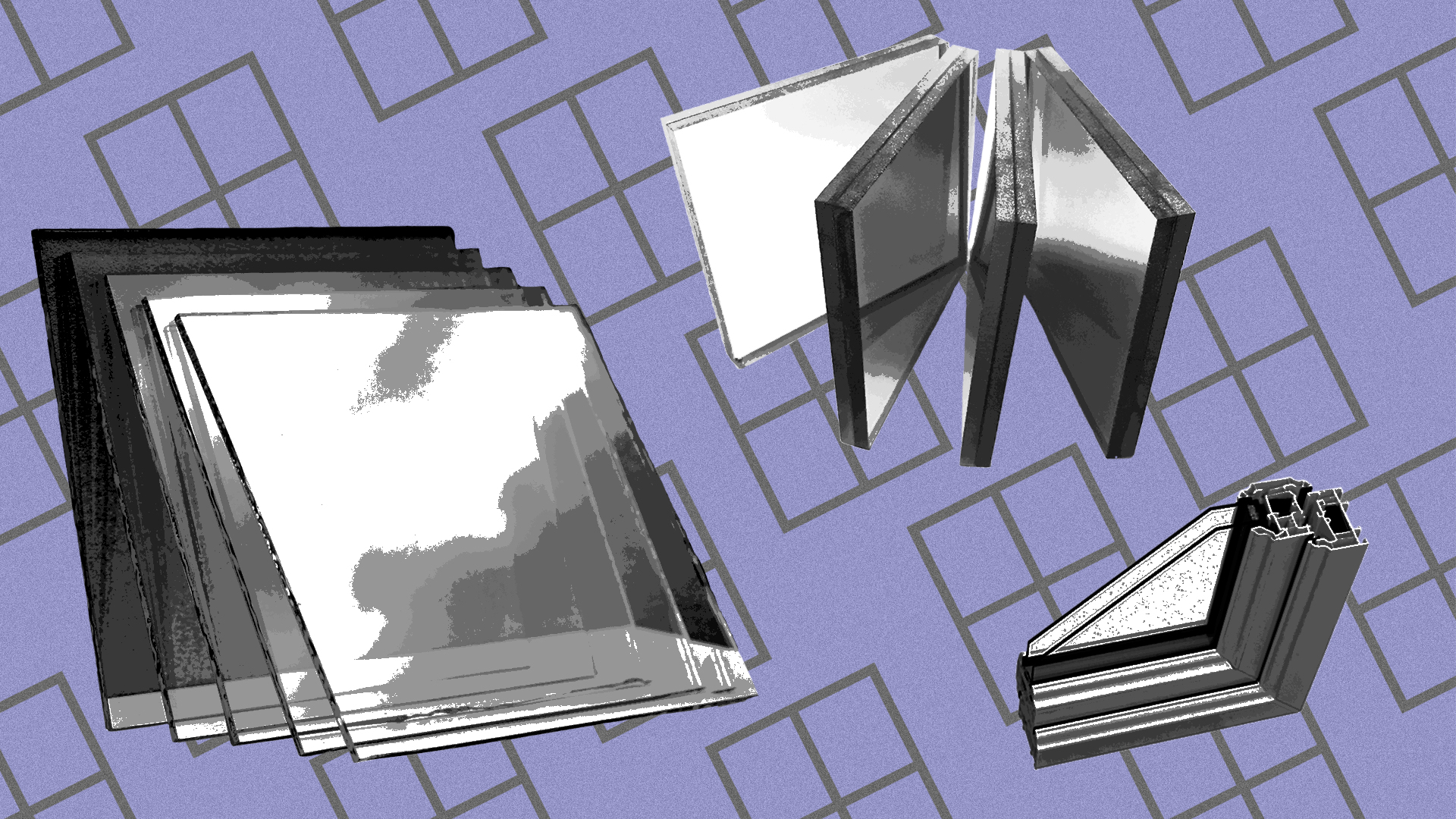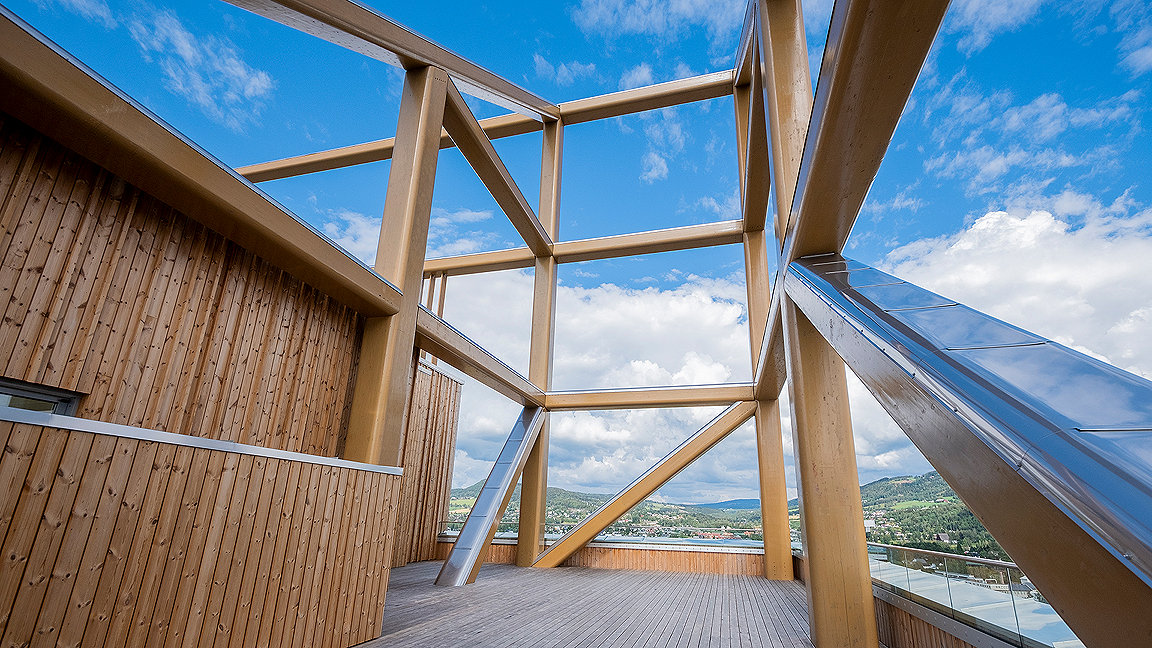
As the world approaches the COP26 summit in Glasgow and sets a series of targets to prevent the planet heating up by more than 1.5°C, high carbon emitting industries are under greater scrutiny than ever. Construction has a crucial role to play in tackling global warming and sustainable alternatives to traditional building materials are getting a lot of attention.
With this in mind, Modus takes a look at the past, present and future of three construction materials that could offer a more sustainable solution for building projects.
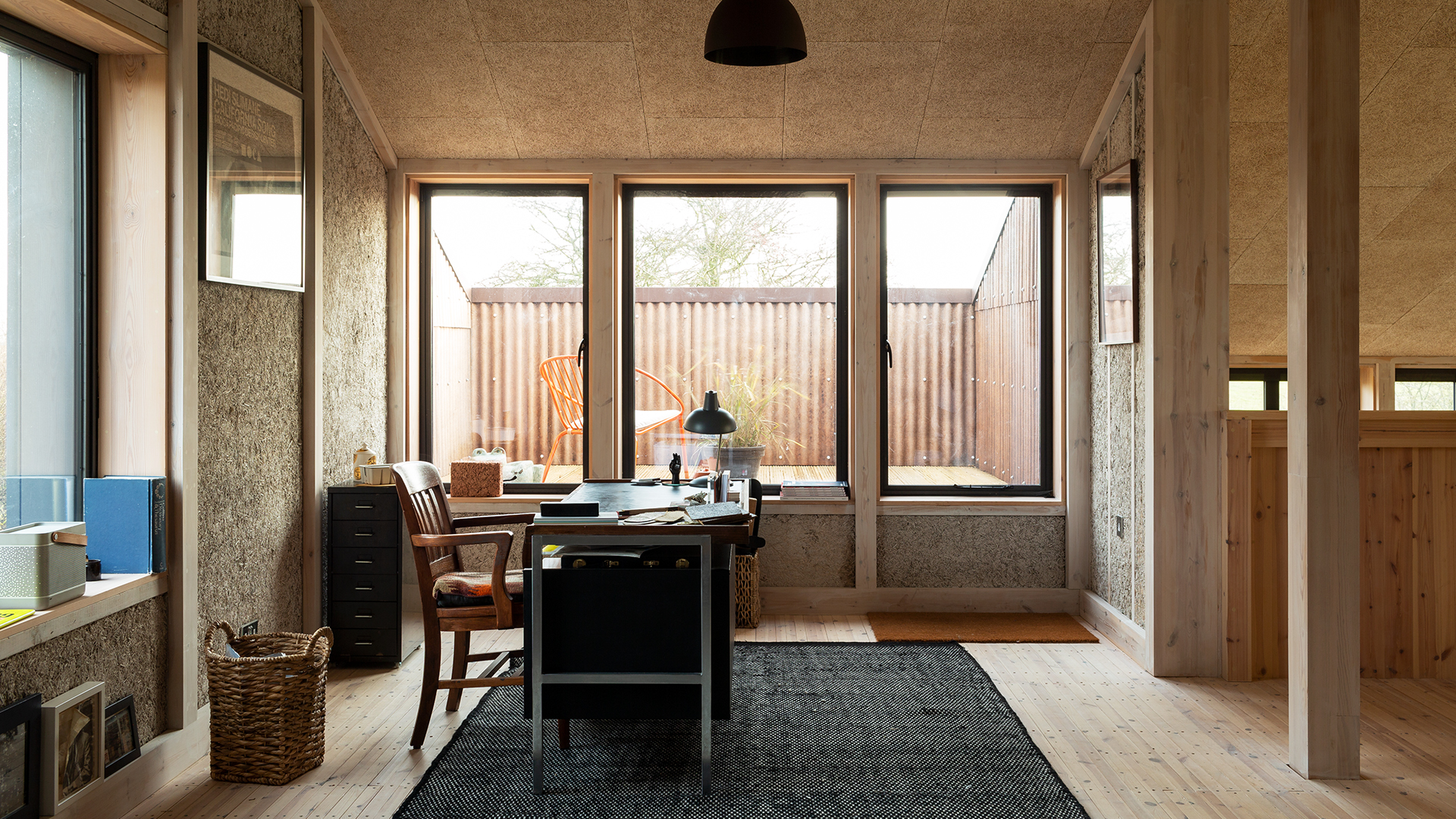
Biocomposite concrete
Concrete might not seem like an obvious choice when discussing cutting-edge building materials but there have been some major advances in concrete technology in the last few decades.
What did we use before?
One of the earliest known uses of a cement-like construction material is the lime mortar used to build temples in India around 4,000BCE and later by the Ancient Greeks. “Building lime is a material that has been used for thousands of years,” says Sheryl Boyle, associate professor at Carleton University’s Azrieli School of Architecture and Urbanism. “However, In North America the knowledge of using traditional lime has been virtually lost, supplanted by Portland cement which does not re-absorb CO2 once poured.”
What do we use now?
Portland cement was invented in the early 19th century by Joseph Aspdin and is now the world’s most common construction cement. But the process of producing and building with concrete is responsible for around 8% of all global carbon dioxide emissions. We need to find ways to decarbonise it and this is one reason why lime could make a comeback.
“Lime walls also act as filters for air and contribute to healthy indoor air quality,” says Boyle. “This is at the forefront of discussions on space in the era of COVID-19.”
“If we can change the carbon footprint of concrete around the world, it will be a game changer.” Sheryl Boyle, Carleton University’s Azrieli School of Architecture and Urbanism
What could we use in the future?
“I believe that we will see a cellulose revolution in the coming years,” says Boyle. “Cellulose (plant fibre) is the most abundant organic polymer on the planet and while we have traditionally used it to make fabrics and paper, its potential for buildings and other products is only beginning to be explored in the modern world.” Boyle suggests hemp will be particularly popular in the cellulose revolution, forming the lightweight biocomposite material hempcrete. While it’s not gone mainstream yet, hempcrete is being used in building projects all over the world.
“I do think that building lime will begin to change the trajectory of Portland cement and its devastating contribution to climate change,” adds Boyle. “If we can change the carbon footprint of concrete around the world, it will be a game changer, and I think returning to using traditional lime will assist in this project.”
Taking a cue from history to cut the emissions from concrete, volcanic rock can be used as a main ingredient in the production process. There is evidence to suggest the Ancient Romans experimented with this first, as long ago as the 1st century.
Another interesting option for the future could be Martian concrete, which doesn’t require water to set because it uses sulphur. That makes it ideal for building on locations like Mars where there is no water or countries back here on Earth where water is at a premium.
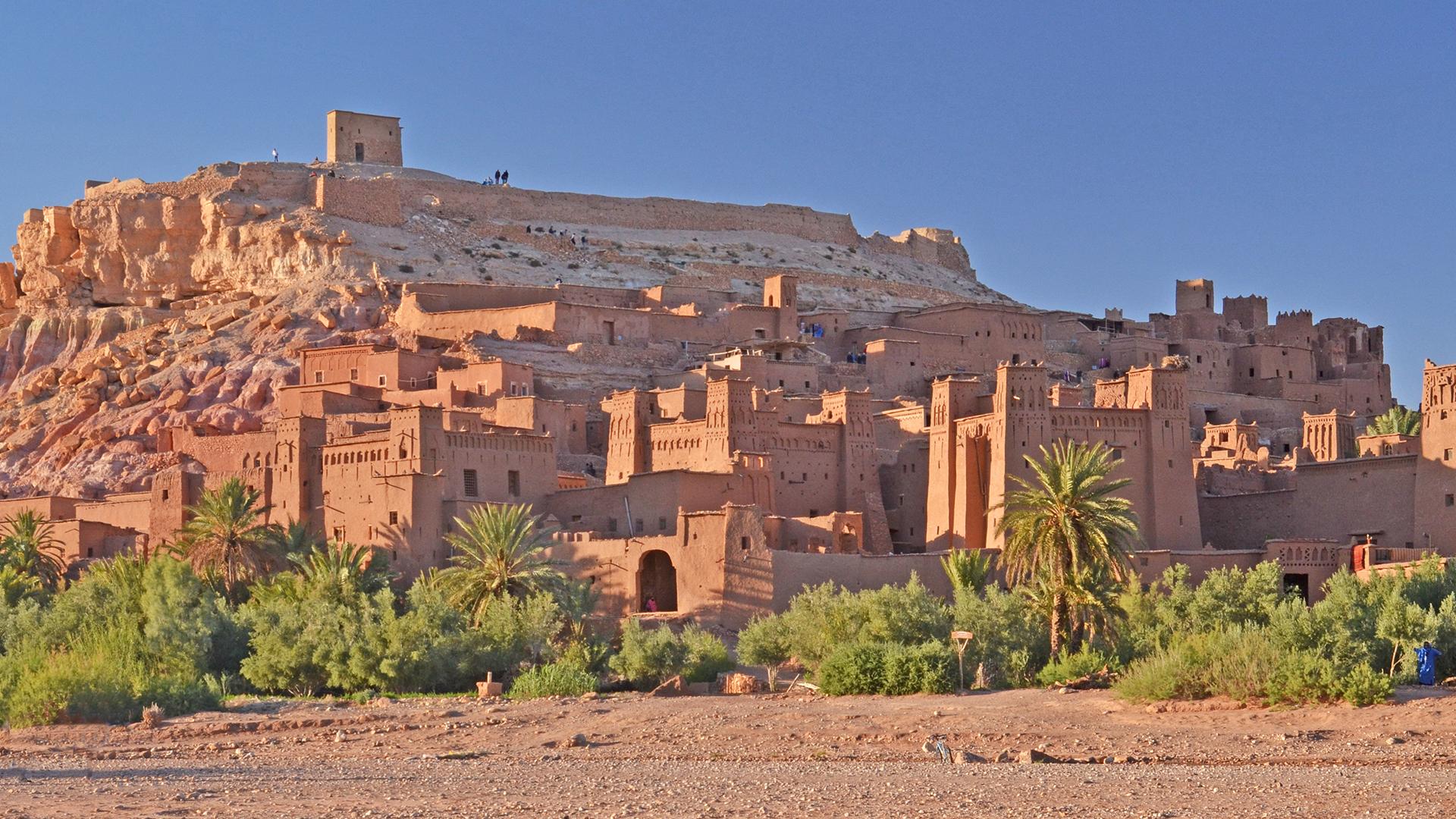
Rammed earth
Rammed earth is a building method that uses condensed natural materials such as earth, chalk or gravel. A damp mixture of earth is packed into a frame or mould and then rammed until it achieves the right density.
What did we use before?
Building with rammed earth is a technique first developed thousands of years ago in China. Aït Benhaddou in Morocco is a well-preserved example of an entire town constructed this way. It was first built in the 11th century, although most of it was reconstructed from the 17th century onwards using the original building methods.
In the 20th century, rammed earth was popular with farmers during the US depression, when building materials were difficult or costly to come by. But when the cost of modern building materials decreased after the Second World War, the popularity of rammed earth declined.
What do we use now?
Rammed earth is an incredibly low carbon method of building if you have the right kind of earth to use locally, as very little transportation of construction materials is needed. Its environmentally friendly credentials have meant that one of the oldest building methods in the world is making a comeback among modern architects looking for something with a different aesthetic
Nk’Mip Desert Cultural Centre in Osoyoos, Canada opened in 2006 and has won multiple design and architecture awards (including the Royal Architectural Institute of Canada’s Award for Excellence and Innovation in Architecture in 2007) for its used of rammed earth façades. Its walls mix local soil with cement and colour additives, and it is built partially underground. The thickness of the walls helps stabilise the temperature inside, relative to the extremes of temperature found in the desert climate outside.
What could we use in the future?
“Low carbon materials such as rammed earth, strawbale or hempcrete, which enable us to decarbonise the built environment, will become very popular in the next 5-10 years,” says Sara Wilkinson FRICS, professor of sustainable property at the University of Technology Sydney.
“Carbon intensive materials will become less acceptable, although it may take some time for the industry to change. Unfortunately, the planet doesn’t have much time now if you accept the recent Intergovernmental Panel on Climate Change (IPCC) report on climate change released in August.”
In addition to low carbon building techniques like rammed earth, Wilkinson says we also need more green infrastructure “such as green roofs and green walls which attenuate urban heat islands, improve air quality, improve thermal and acoustic performance, attenuate stormwater runoff and provide habitats for biodiversity.”
“Low carbon materials such as rammed earth, strawbale or hempcrete, which enable us to decarbonise the built environment, will become very popular in the next 5-10 years.” Sara Wilkinson FRICS, University of Technology Sydney
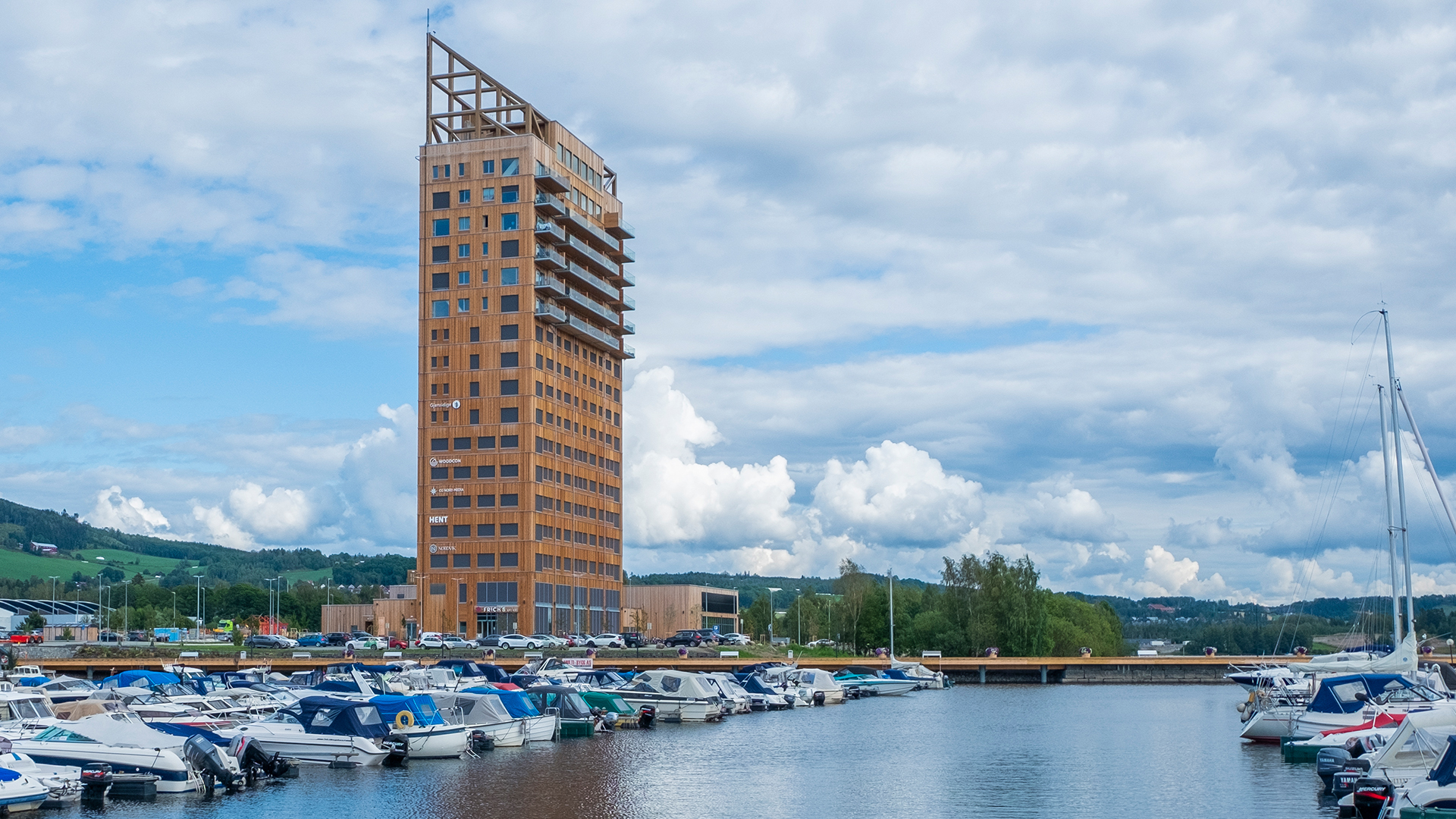
Wood
Wood is a highly renewable building material if the supply is properly managed, and it stores carbon – two reasons why it is has been undergoing a resurgence in the construction industry in recent years.
What did we use before?
Wood is one of the first building tools we got to grips with as a species – the first timber home we know of was built 10,000 years ago. Our early evolution is closely linked to our abilities to work with materials such as stone, clay and wood. Before modern tools and machinery, log structures were often held together by mortice and tenon joints.
What do we use now?
After the early widespread use of wood, the industrial era heralded an age of mass-produced glass, steel and concrete. Compared to these modern new materials, wood was regarded to be unsafe and highly flammable. It was also thought to have a lack of durability compared to brick or stone and it lost favour as a construction material.
However, as we strive to find ways to produce less carbon intensive building materials, wood is getting a second chance in the spotlight. New ways of using wood, such as cross-laminated timber (CLT) have allowed us to build 18-storey towers such as Mjøstårnet in Norway, which contains a hotel, offices and apartments. Its structure is a combination of CLT and glue-laminated timber known as glulam.
Mass timber has been proven to be able to withstand damage from earthquakes very effectively and for many designers it has a unique aesthetic appeal.
What could we use in the future?
Wooden skyscrapers are on the horizon, as the proposal of an 80-storey timber tower in downtown Chicago suggests. Wood is also an integral part of the type of modular wooden street furniture designed by Swedish company ArkDes for its one-minute city concept.
“In the end, we simply need to make spaces which are healthy and happy places to dwell, and which can provide that option for generations to come,” says Boyle. “That in fact may have nothing to do with ‘newness’ but with older ideas that need to be recaptured and replaced in our materials repertoire and building practices.”
Make sure you don’t miss anything on Modus by signing up for our newsletter.
The 75 per cent problem
Read the series on the 75 per cent problem posed by Bill Gates – how the world can reduce three-quarters of man-made emissions by 2050 to avoid catastrophic climate change.

